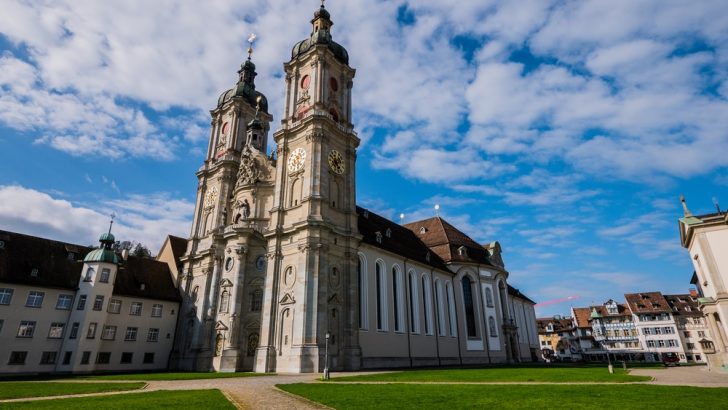Notebook
Every summer Dominican friars from various European countries visit our priories to work on their English. One thing that perplexes them is the apparently rude health of Catholic education here. How, despite centuries of persecution and recent decline, they ask, are there so many Catholic schools? And how is it that they are funded by the State?
Many of these brothers are jealous of our Catholic educational institutions, and it’s a reminder to us that these schools present us with opportunities simply not open to our fellow Catholics on the continent. Having said that, it’s obvious to anyone with direct experience of these schools that their daily life is often little informed by a truly Catholic vision of education. We all know inspiring Catholic teachers, but can you think of any Catholic school where the whole staff is united in a Christ-centred vision of education? I certainly can’t.
Downsizing
What then should we do? Some propose a large-scale downsizing of Church involvement in schools, but there’s been little movement on that front, and few signs of the leadership that will be necessary to carry it out effectively and wisely. In the meantime, many clear-sighted parents have decided to take matters into their own hands and to start homeschooling their children, a project that is already bearing impressive fruit.
Does the Catholic school have a future? We all know that the status quo is unstable, and it might be that the whole system of Church-State co-operation in education will collapse. So be it. Still, I’m confident that the Church will give birth again to schools in some form or other. It’s just one of the things that the Church naturally does…
Think about it. Our Saviour, Jesus Christ, was a teacher, and he gathered around him a school. No classroom, no timetable, but the essential was there: a teacher guiding students into truth.
The early Christians got the message, and they typically organised programmes of education and training for themselves. Think of the Catechetical School in Alexandria in the 2nd Century: even in a time of persecution, the Church valued the life of the mind, and great minds like Clement and Origen were given responsibility for instructing the faithful of all classes in that teeming city.
Lots of Irish teachers fled to the continent and helped found schools which renewed Europe”
Here in Ireland our ancient monasteries were not only centres of prayer but also of study. It was natural for our monks and nuns to think of themselves also as students, and as teachers. The historian Bede tells us that many Englishmen, “noble and commons”, journeyed to Ireland to tour these schools, benefitting from the free education on offer.
These monastery schools didn’t last forever. In the 9th Century Viking attacks brought an end to many of them, but lots of Irish teachers fled to the continent and helped found schools which renewed Europe, leading ultimately to the great universities of the 13th Century.
It would be easy to multiply examples from all periods and regions of Church history, but the message is clear: where Christian Faith is alive, schools are born. And, under the guidance of the Spirit, they take shape as the times demand: they may be big or small, in the catacombs or in grand palaces, they may be hedge schools or universities, religiously exclusive or religiously diverse, for men, for women, for children, for the rich, for the poor or for all of the above.
A certain kind of Catholic education may be dying in Ireland, but if the Church is faithful to her identity and mission then, with or without the co-operation of the Irish State, she will give birth to schools again.
***
The monastery of Saint-Gall in the east of Switzerland was home to a great medieval school. One of its greatest teachers was a man by the name of Iso. When his mother was pregnant with him, she had an unsettling dream of a hedgehog being robbed of its quills by a gang of little boys who went on to write on the walls with these quills. Her husband went to a nearby hermit, an Irishman by the name of Eusebius, and told him of the worrying portent. Eusebius knew immediately that the dream didn’t imply a threat but a promise: this boy would grow up to be a teacher and would give his life and energy to equip generations of children with writing quills. It’s not a bad image for the educator’s vocation!


 Monastery of Saint-Gall in Switzerland
Monastery of Saint-Gall in Switzerland 